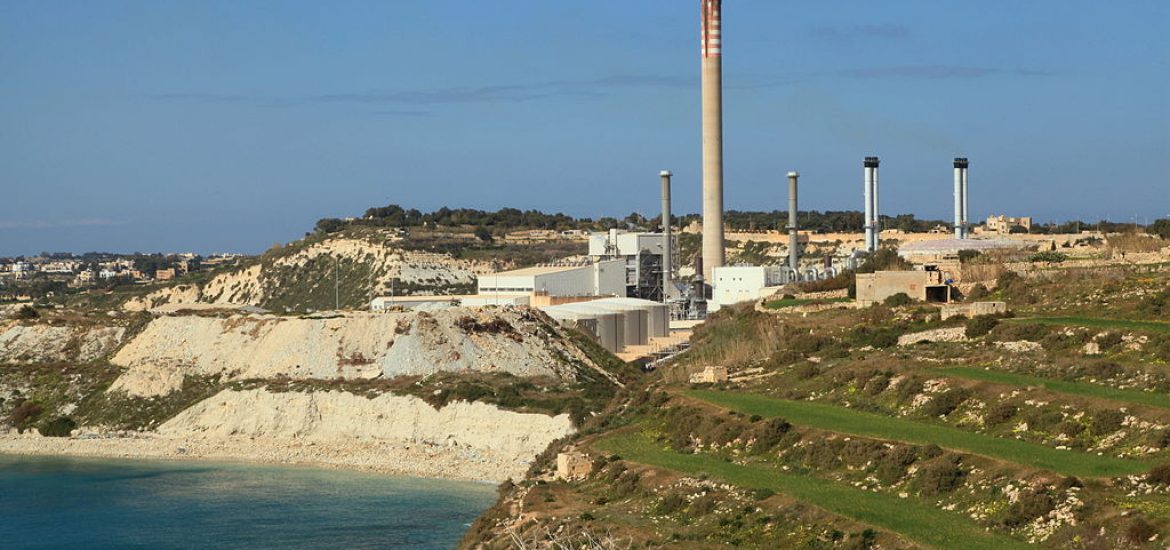
A proposed gas pipeline between Sicily and Malta could enable the tiny islands to comply with an EU directive for the development of LNG bunkering.
An EU decarbonisation directive encourages the development of LNG re-fuelling infrastructure for ships in major European ports.
Malta said last year that it was examining using LNG as a shipping fuel and its Energy and Water Agency and Transport Ministry embarked on an EU-funded study to identify infrastructure solutions for LNG bunkering.
Connection to the European network would mean Malta could receive supplies from Russia and later Azerbaijan through the Trans-Anatolian and Trans-Adriatic pipelines, which are under construction. But most of Malta’s gas is expected to come from the Greenstream pipeline connecting Sicily with Libya and from the Trans-Mediterranean pipe linking Sicily with Algeria and Tunisia.
Bunkering is the supply of fuel to ships in a port.
The term originated in the days of steamships, when coal was stored in bunkers but now usually refers to the storage of liquid fuels or gas in tanks, and the practice of refuelling ships.
The pipeline will connect Delimara (pictured) in Malta to the Sicilian installation at Gela and to the wider European gas grid. The 22cm-diameter pipe would reportedly be able to deliver up to 2 billion cubic metres of natural gas per year to Delimara’s power plants.
The Maltese study is being carried out by Belgian energy consultancy firm Tractabel.
“The overall objective of the study is to analyse the feasibility of introducing LNG bunkering infrastructure, taking into account the economical and environmental aspect, market demand, geographical properties, risk and safety features and the overall attractiveness of the project,” the Maltese government said in 2017.
“The study will also look into alternatives, basing results on the socio-economic, cost-benefit analysis and risk assessments. Finally the study will also aim at filling legislative gaps within the sector and providing necessary training for the implementation and operation of such infrastructure,” the authorities in Valletta added.
The study is expected to be released around the end of the year.
The 155km pipeline would replace an LNG tanker currently berthed in Delimara and could also serve to facilitate marine fuelling in Malta.
Daniel Azzopardi, Energy and Water Agency chief executive, told the Maltese media: “If there is a demand for bunkering, then natural gas imported through the pipeline could be liquefied and used to bunker ships, but of course not at the cost of power generation.”
Work on the €322-million pipeline, which is due to connect Gela and Delimara, is scheduled to begin in 2020 and the pipeline is expected to be operational by 2024.
Delimara in Malta. Picture credit: Wikimedia





